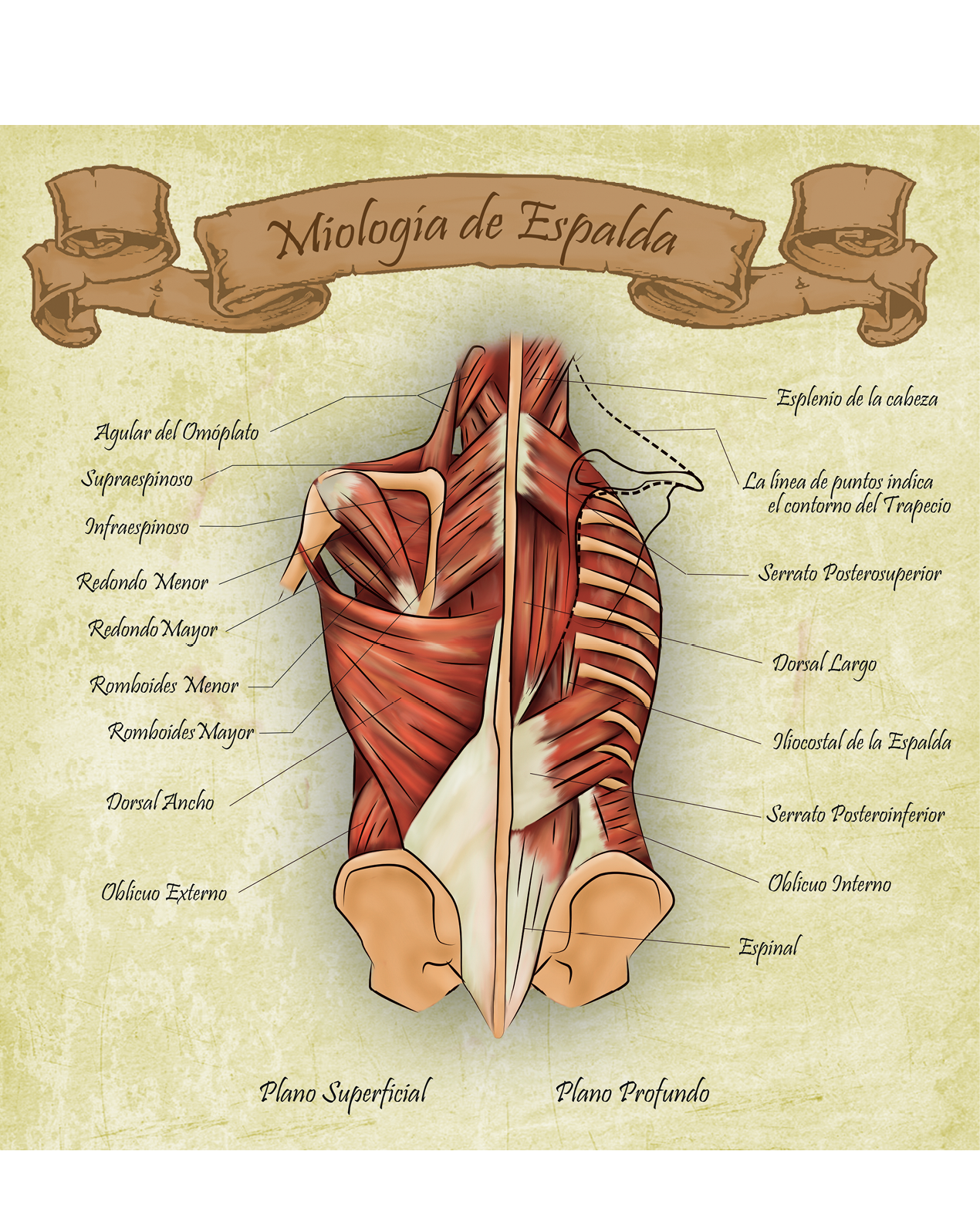letter to the editor
DOI: https://doi.org/10.15446/revfacmed.v64n3.59632
Response to “Analysis of individual records of health services
provision related to oral cancer in Colombia”
Respuesta a “Análisis de los registros individuales de la prestación
de servicios de salud del cáncer bucal en Colombia”
Received: 17/08/2016. Accepted: 09/11/2016.
Ángel Emilio Bernal-Baláez1
1 Universidad Nacional de Colombia - Bogotá Campus - Faculty of Medicine - Department of Morphology - Bogotá, D.C. - Colombia.
Corresponding author: Angel Emilio Bernal-Baláez. Department of Morphology, Faculty of Medicine, Universidad Nacional de
Colombia. Carrera 30 No.45-03, building 741, office 105. Phone number: +57 1 3165000, ext.: 15015. Bogotá, D.C., Colombia.
Email: aebernalb@unal.edu.co.
Bernal-Baláez AE. Response to “Analysis of individual records of health services provision related to oral cancer in Colombia”. Rev. Fac. Med. 2016;64(3):583. English. doi:
https://doi.org/10.15446/revfacmed.v64n3.59632.
Bernal-Baláez AE. [Respuesta a “Análisis de los registros individuales de la prestación de servicios de salud del cáncer bucal en Colombia”]. Rev. Fac. Med. 2016;64(3):583. English. doi:
https://doi.org/10.15446/revfacmed.v64n3.59632.
Dear Editor
Dr. Franklin Escobar
In response to the document written by Aristizabal & Roselli (1), referred to the section Letter to the Editor and related to the already published paper entitled “Epidemiological study of oral cancer in Colombia 1989-2008” (2), which I authored, I present the following considerations:
Sirs Aristizabal & Roselli, I appreciate your interest in approaching a health issue as complex as oral cavity cancer, which has personal and social consequences, and to which I have devoted a lifetime of work from the most diverse points of view in relation to Oral and Maxillofacial Pathology. You are always welcome to provide constructive comments and critics. However, my recommendation, from a scientific and academic perspective, is to have the research findings assessed and analyzed by academic peers, experts in the field, to prevent that eventual doubtful products may be disclosed in prestigious journals.
Regarding the text discussed in the aforementioned letter to the editor, I find remarkable contradictions, since the authors report having “reviewed carefully” the text, and question that it begins citing a “dramatic increase”, which is not mentioned in any part of the description; this casts doubt on the proper reading of the document.
Those who have worked for more than 30 years in this field of action do not doubt that the male sex has historically been the most affected by these malignant and even premalignant lesions (correct term to use instead of pathology).
Similarly, considering the possibility of oral cancer in children under 14 drifts the attention apart from the morbidity of this serious disease. At such age, this type of cancer is very rare and primary malignant lesions correspond with lymphoreticular tumors.
Exploring into a field of work requires adequate experience to interpret correctly epidemiological reports and records without making mistakes and inappropriate assertions. That is why I recommend young researchers to define a line of research since the beginning, in order to address any topic with respect, soundness and humility, after obtaining enough expertise over time.
References
1.Aristizabal-Mayor JD, Rosselli D. Analysis of health services provision individual records of oral cancer in Colombia. Rev. Fac. Med. 2016;64(3):581. https://doi.org/10.15446/revfacmed.v64n3.56973.
2.Bernal-Baláez, AE. Estudio epidemiológico del cáncer bucal en Colombia 1989-2008. Rev. Fac. Med. 2016;64(1):75-8. http://doi.org/bqf2.

César Alexander Eslava Franco
“Mapas anatómicos”
Universidad Nacional de Colombia